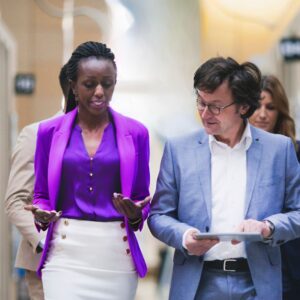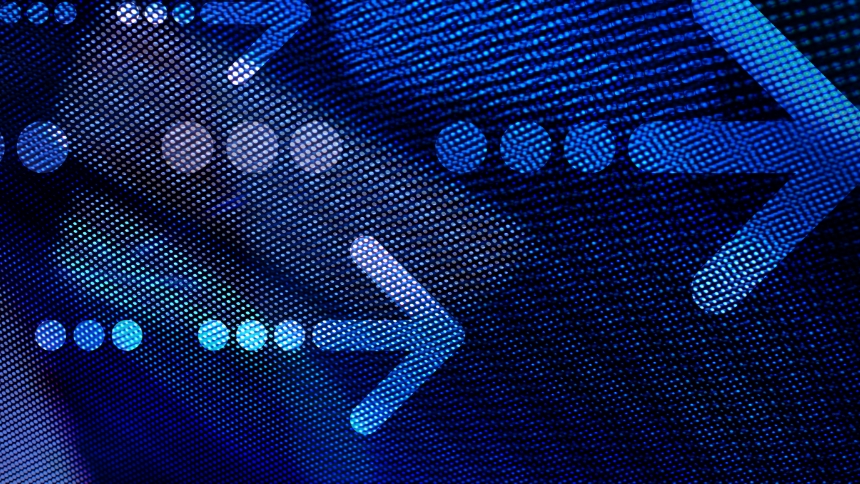In our Anatomy of a Solution series, we take a look at some direct challenges and disruptive solutions that Amsive has driven for clients. This week, we talk digital media and account acquisition for a mid-tier regional financial client during COVID.
The Basics
A longtime regional financial institution client in the mid-tier size range, with over one dozen affiliate branches, looked to acquire new checking account holders with a campaign that strictly revolved around digital[amsive_tooltip term=”digital-marketing”] media. Amsive was their strategic direct marketing partner, so there was an established and trusted history between us and the client.
The only catch was, not only did we have to prove how we could use a successful direct mail audience model in a single channel that had been strong for years, but also define how we could adapt, evolve, and expand our models when activating the client’s online-channel audiences.
It was a big bet, but acquisition[amsive_tooltip term=”customer-acquisition”] campaigns are our bread and butter, and we took the challenge head-on.
The Challenge
What made this particular initiative unique was 2020’s elephant in the room — the COVID-19 pandemic.
At the time when the severity and uncertainty of the pandemic was at its peak, many clients backed off, taking a wait-and-see approach. Business leaders were left scrambling because it was impossible to predict what was going to happen next, and the fundamental framework of entire industries and business models were thrown into disarray. Compound that with the bank wanting to see how our services were better than their normal digital agency of record in effectively using their marketing dollars to produce measurable ROI[amsive_tooltip term=”return-on-investment”], and we were well aware that we were being put to the test and had to truly step-up.
In particular, we set out to help the bank client at a major crossroads for the financial industry. During the project timeframe, most branches were closed. The client, while not in dire straits, needed comprehensive and measurable results — and quickly.
Instead of giving restrictive recommendations, we saw this as an opportunity to step in and prove how Amsive’s solutions could help the client double down on digital during COVID.
We primarily set out to help the bank client at a major crossroads for the financial industry.
The Solution
We started off testing of one of the affiliate banks within a relatively small regional market where we utilized past expertise and a modeled audience approach to stimulate new customer growth.
We had three segments of an audience strategy[amsive_tooltip term=”audience-strategy”] to maximize prospects, engagement, and conversion of those audiences.
- The first involved clustering existing known-audience models that were previously used for optimized targeting and direct mail.
- Next was a proprietary lookalike[amsive_tooltip term=”lookalike-model”] audience defined by digital variables and behaviors that were served personalized, high-impact messages across platforms like Google and Facebook, depending upon expected profitability.
- Lastly, we created an audience of potential customers that were competitor-preferred.
We had the data and insights to track and convert potential customers from awareness to purchase. The journey began with a first-touch and introduction to the client. Then, the funnel[amsive_tooltip term=”marketing-funnel”] narrowed to the lookalike audience with additional media touchpoints like display and mobile featuring a direct call-to-action in the offer. Lastly, we looked to convert and build loyalty with any other retargeting where there were previous touchpoints to drive through the offer without muddying the overall message.
The three-headed modeling strategy led them to achieve 98 percent of their 2020 goal at a time when competitors were pulling back or plateaued.
The Results
The mid-tier regional test went full bore into digital, and the three-headed modeling strategy resulted in achieving 98 percent of the client’s 2020 goal at a time when competitors were pulling back or plateaued. We were able to achieve a $200 cost-per-acquisition compared to a benchmark of $350; a cost-per-click of $2.27, which is 50 percent less than industry average; a 49 percent increase in checking accounts when compared to control groups; and 78 percent higher checking balances when compared to control groups[amsive_tooltip term=”control-group”].
To succeed during one of the most economically devastating times in modern history was no small feat. We were put to the test, and succeeded as the only vendor to help the client increase their 2020 numbers. This was primarily because we realized there was and is no one-size-fits-all solution for targeting the right people. But our ability to take online and offline audiences and marry them together for measurable omnichannel results is second-to-none.





